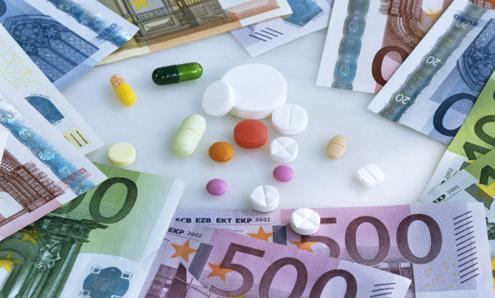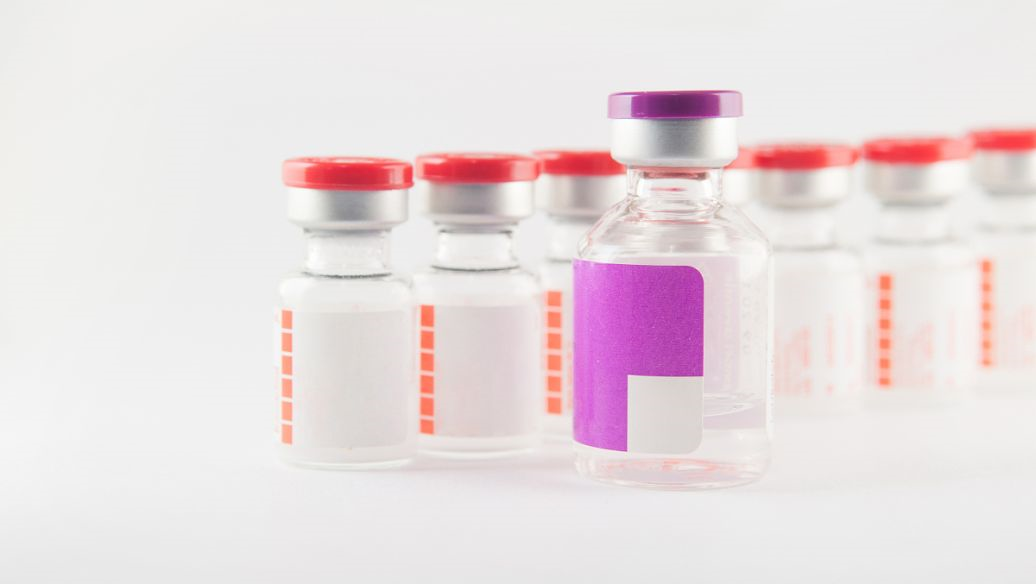March 01, 2021
Tag:
Peptide compounds are ubiquitous in nature. They are chemical substances produced by connecting α - carbohydrates with peptide chains. In addition, they are also intermediate substances of protein hydrolysis. It has many functions, such as hormone regulation, hormone regulation, enzyme regulation, antiviral treatment, anti-oxidation, lowering blood lipid, lowering blood lipid and so on. As a precursor of drugs, it is safe to use, and the digestion and absorption rate of the body is faster than that of carbohydrates, so it has been paid more and more attention. At present, the scientific research, development and design of microbial active peptides have become a hot network in pharmaceutical engineering projects.

However, the basic peptide composition is low and complex, especially the physical and chemical properties of the residue are very similar to the overall target peptide, so it is difficult to separate and purify. Trypsin Hydrolysis is common, but in addition to the active polypeptides, there are also some UN hydrolyzed proteins, carbohydrates, trypsin and so on. In order to obtain the target specific active peptides, it is necessary to carry out deep-seated separation and purification. At present, the key ways to isolate and purify active polypeptides are ultrafiltration membrane, protein denaturation, gel electrophoresis, ion exchange chromatography, chromatographic analysis and electrophoretic principle. They are all created on the basis of carbohydrate and active polypeptide, active polypeptide and active polypeptide, active polypeptide and protein. According to different requirements, they must be applied in several ways Fusion application, the following lists several kinds of common peptide drug separation and purification methods:
(1) . ultrafiltration membrane.
Ultrafiltration membrane is a kind of sample separated by the pore size and relative molecular weight of Dow reverse osmosis membrane. Ultrafiltration membrane is the most common way to separate and purify active polypeptide in membrane separation equipment. When solving the problem of active polypeptide sample, two technological processes must be connected together, namely enzymatic hydrolysis and ultrafiltration membrane separation. According to the characteristics of the solution sample, the suitable membrane raw materials can be selected, and then the relative molecular weight of the commodity can be manipulated. The ultrafiltration membrane processing technology consumes a lot of water in the whole process of operation, so the extraction in the middle and later stage will consume time. If the pretreatment method of raw material liquid is not correct, the membrane pore will be blocked and the service life of membrane will be harmed, and the cost will be high.
(2) Salt effect:
In aqueous solution, the high concentration of neutral salt can make macromolecules gather together to produce sedimentation, which is the whole process of protein denaturation. The characteristic groups of NH2, - Oh, - COOH and other proteins and peptides are water absorbing functional groups, which can fuse with water to form coagulation layer, and then cooperate with protein molecular structure to produce water absorbent colloidal solution, which can reduce the force between protein molecules and improve the solubility of proteins and active polypeptides. Adding a lot of neutral salts to the hydrolysate, the neutral salts can make a lot of water flow out, destroy the membrane structure engineering, expose the hydrophobicity, neutralize the positive charge, and destroy the water absorbing colloidal solution, so as to make the protein and active polypeptide aggregate into sedimentation and obtain the target active polypeptide. Although the protein denaturation process is easy to operate and low in cost, it is difficult to avoid enhancing the composition of active peptide salt and harming its taste.

(3) Nanofiltration membrane:
Nanofiltration membrane is a separation method with separation characteristics similar to RO reverse osmosis membrane and Dow reverse osmosis membrane. Nanofiltration membrane has nanometer diameter and can intercept the relative molecular weight of 100 ~ 1000D, while the relative molecular weight of small molecular polypeptides and carbohydrates is 100 ~ 1000D, both of which are amphoteric positive charges. In addition, there are acid-base and alkali functional groups in the molecular structure When the pH and pH of aqueous solution are the same, the positive charge of molecular structure is neutral, and the positive charge is zero; when pH and pH deviate from the isoelectric point, the molecular structure becomes positive or negative positive ions. Therefore, the peptide and carbohydrate in aqueous solution can be separated by using nanofiltration membrane according to the synergistic effect of indoor steric hindrance and positive charge utility. The separation and purification of active polypeptides and carbohydrates by nanofiltration membrane is mainly based on Daonan effect and indoor steric hindrance effect. The separation of nanofiltration membrane can be selectively decided by two levels. Among them, Donnan effect is harmed by pH value of aqueous solution, ionization degree, positive ion composition and active polypeptide, carbohydrate concentration and membrane surface charge Various factors should be strictly controlled in the separation and purification of active peptides by nanofiltration membrane. Nowadays, the scientific research on the separation and purification of carbohydrates and active polypeptides by nanofiltration membrane has achieved a lot. However, due to the diversity of active peptides and carbohydrate solutions and the singleness of membrane products, most of them have not yet been applied, and most of them are still in laboratory scientific research.
(4) Gel filtration chromatography:
Colloidal solution filtration chromatography, also known as molecular structure exclusion chromatography and carbon molecular sieve chromatography, is a way to separate and purify colloidal solution by using porous colloidal solution as colloidal solution filling material for stationary phase, and using the size and characteristic difference of active polypeptide molecules. The basic principle of gel solution filtration chromatography is to separate the components according to their relative molecular weight. When the components to be separated are put into the chromatographic column, the biological macromolecular components can not enter the colloidal solution particles, and only from the colloidal solution particles gap, the fluidity speed is faster; while the small molecular water components can The fluidity of colloidal solution particles is slower than that of colloidal solution particles, and the fluidity is far away from that of colloidal solution particles. Therefore, the biological macromolecular components first pass through the column, and then the small molecule water passes through the column. According to the fitness movement rate in the ion exchange column, the goal of separation and purification can be achieved. In the process of separation and purification of proteins, active polypeptides and carbohydrates, according to the size of relative molecular weight, select the substances with sufficient level and select the suitable colloidal particles. Gel filtration chromatography has been widely used in the separation and purification of protein and peptide compounds, with the advantages of simple operation and rapid separation.
(5) Ion exchange chromatography
Ion exchange chromatography is a method of separation and purification of chemical substances by using the ion exchange method between fixed stationary phase and separated components. Generally, the ion exchanger is fixed stationary phase. According to the different induction electrification of epoxy resin, ion exchange chromatography can be divided into positive ion exchange and cation exchange. In ion exchange chromatography, attention should be paid to the selection of exchangeable substances, buffer management system and solution preparation. The current ion exchange chromatography is more suitable for industrial production because of its good repeatability, simple operation and wide column coverage.
(6) Methods: HPLC was used for statistical analysis
Compared with other separation methods, HPLC has higher accuracy and advantages. In the whole process of separation and purification of proteins and active peptides, the most common method is reversed-phase HPLC. Its basic principle of separation is based on the different fractionation characteristics of the components to be separated in fixed fixed liquid. It is suitable for separation with relative molecular weight of 5000d The following components, especially the small molecule active peptide compounds with relative molecular weight below 1000D. The separation and purification of bioactive peptides by HPLC has the advantages of good separation effect, high detection sensitivity and faster separation and purification speed, which is suitable for the separation and purification of high purity active polypeptide commodities.
For any requests of Peptide for research purpose, welcome to contact us. www.gtpeptide.com , sales1@gotopbio.com.


Contact Us
Tel: (+86) 400 610 1188
WhatsApp/Telegram/Wechat: +86 13621645194
Follow Us:




 Pharma Sources Insight January 2025
Pharma Sources Insight January 2025


